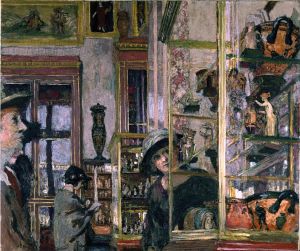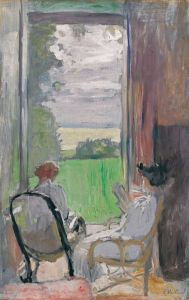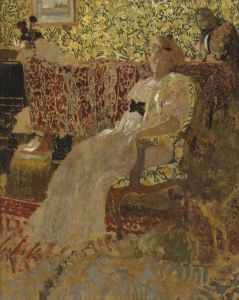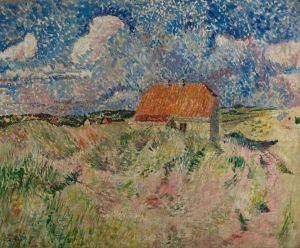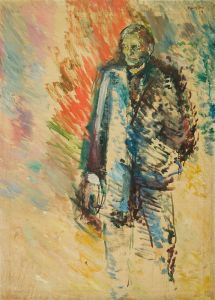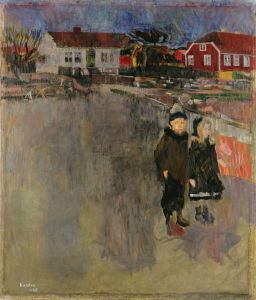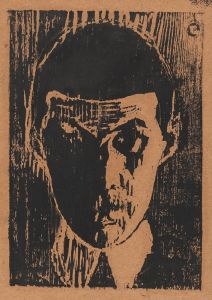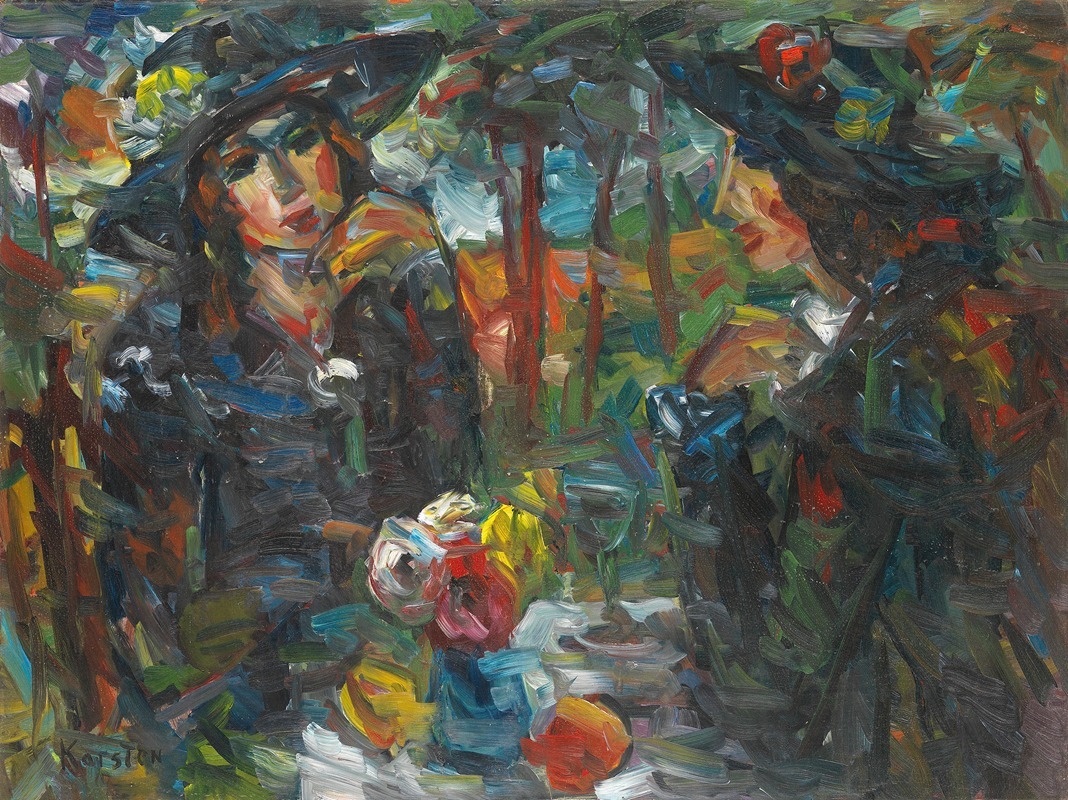
Zwei Frauen am Tisch
A hand-painted replica of Ludvig Karsten’s masterpiece Zwei Frauen am Tisch, meticulously crafted by professional artists to capture the true essence of the original. Each piece is created with museum-quality canvas and rare mineral pigments, carefully painted by experienced artists with delicate brushstrokes and rich, layered colors to perfectly recreate the texture of the original artwork. Unlike machine-printed reproductions, this hand-painted version brings the painting to life, infused with the artist’s emotions and skill in every stroke. Whether for personal collection or home decoration, it instantly elevates the artistic atmosphere of any space.
Ludvig Karsten was a Norwegian painter known for his vibrant use of color and expressive style. One of his notable works is "Zwei Frauen am Tisch" (Two Women at the Table), which exemplifies his unique approach to painting and his ability to capture intimate moments with emotional depth.
"Zwei Frauen am Tisch" is a painting that depicts two women seated at a table, engaged in what appears to be a moment of quiet conversation or contemplation. The composition is intimate, drawing the viewer into the scene as if they are a silent observer. Karsten's use of color is particularly striking in this work, with bold and contrasting hues that bring the scene to life. The brushwork is expressive, a characteristic feature of Karsten's style, which often leaned towards post-impressionism and expressionism.
Ludvig Karsten was born on May 8, 1876, in Oslo, Norway. He studied art in Paris, where he was influenced by the works of the French Impressionists and Post-Impressionists. This influence is evident in "Zwei Frauen am Tisch," where the loose brushstrokes and vibrant palette reflect the techniques of these movements. Karsten was known for his ability to convey mood and emotion through color, and this painting is a testament to that skill.
The painting captures a moment of stillness, yet there is an underlying tension or narrative suggested by the body language and expressions of the women. Karsten often focused on everyday scenes and domestic interiors, finding beauty and complexity in the mundane. This approach allows viewers to connect with the subjects on a personal level, as the scenes are relatable and evoke a sense of familiarity.
Throughout his career, Karsten was associated with the Norwegian art scene, but he also spent significant time in Denmark and France, where he absorbed various artistic influences. His work was part of a broader movement in Scandinavian art that sought to explore modern themes and techniques while maintaining a connection to traditional subjects and narratives.
"Zwei Frauen am Tisch" is an example of Karsten's ability to blend these influences into a cohesive and compelling work of art. The painting does not rely on grand historical or mythological themes but instead focuses on the subtleties of human interaction and the play of light and color. This focus on the everyday and the emotional resonance of color and form is what makes Karsten's work enduring and significant in the context of early 20th-century art.
Ludvig Karsten's contributions to art were recognized during his lifetime, although he often faced criticism for his unconventional style. Despite this, his work has continued to be appreciated for its boldness and emotional depth. "Zwei Frauen am Tisch" remains a significant piece within his oeuvre, illustrating his mastery of color and his ability to capture the essence of human experience in a single, poignant moment.





